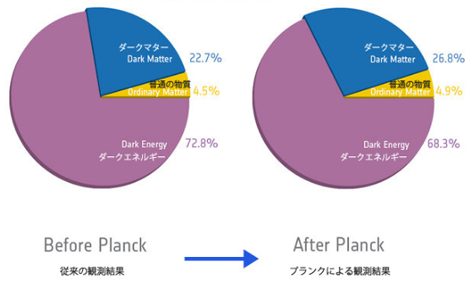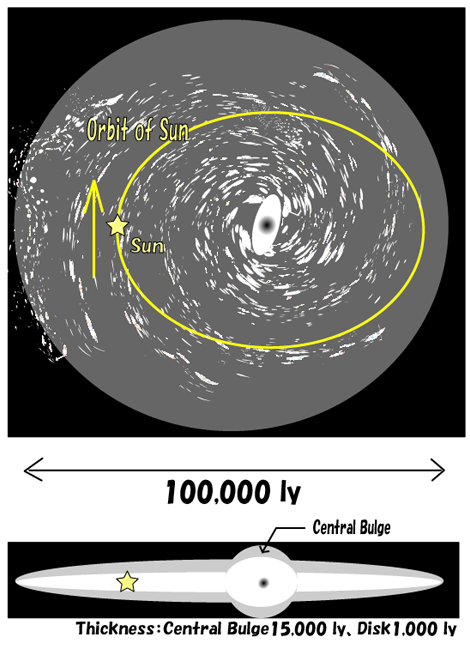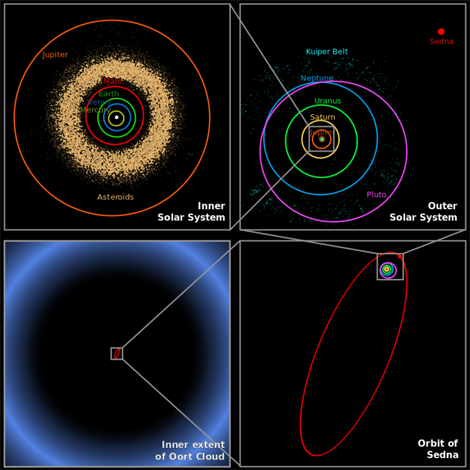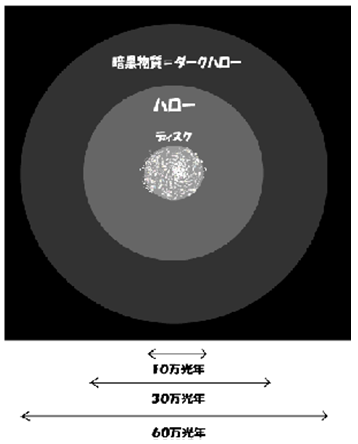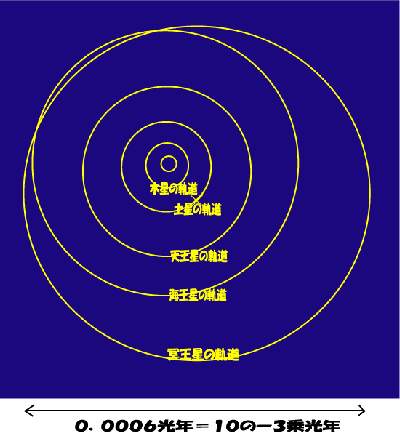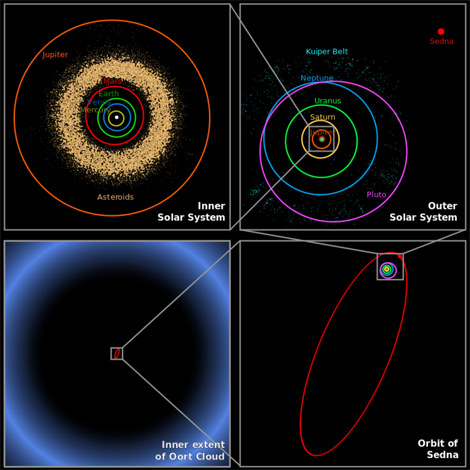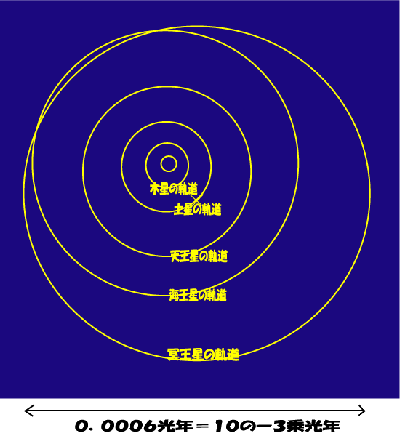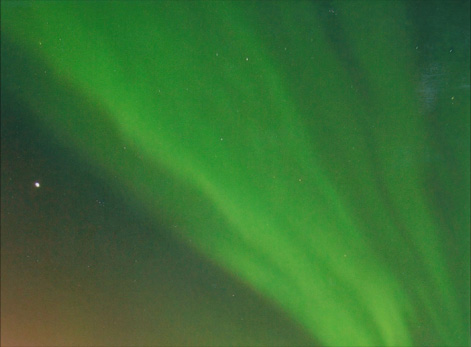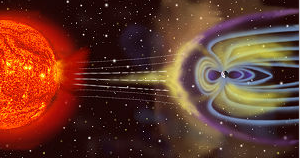10-1 Constitutes of the Universe [1]
(1) Substance・・・・・4.83% by weight of the universe
・Heavy elements • :0.03%
・Neutrino :0.3%
・Stars :0.5%
・Hydrogen・Helium :4%
(2) Energy・・・・・・・ 0.17%
(3) Dark matter ・・・ 26.8%
• Dark matter does not interact with the electromagnetic force. This means it does not absorb, reflect or emit light. In fact, researchers have been able to infer the existence of dark matter only from the gravitational effect.
(4) Dark energy ・・・ 68.3%
・Dark energy is hypothetical energy to explain the accelerated expansion of the universe and result of observation that the the majority of the mass of the universe is unknown identity.
(Hawking suspects that it is vacuum energy.)

Figure1 Constitutes of the Universe [2]
10-2 Observation of the total amount of substance [3]
○The total amount of the substance in the universe is estimated from the measurement of the gravitational lens effect and X-ray radiation of galaxy clusters.
• The total mass of the galaxy clusters are associated with the temperature of the gas in clusters of galaxies that emit X-rays.
10-3 Virtual particle [3]
:Particles which is assumed in the calculation without being observed.
・In calculating the reaction between the particles in accordance with the quantum field theory, by considering virtual particles, correct answer is obtained.
・For example, the fine structure of the spectrum of the hydrogen atom can be calculated with high accuracy.
・Electromagnetic force is mediated by photons and virtual photons.
・According to the quantum theory of electromagnetic, the electrostatic field occurs by the charged particles releasing virtual particles of zero energy.
・・・According to the quantum theory of electromagnetic, the electrostatic field occurs by releasing of virtual particles of zero energy from charged particles .
・・・Zero-energy particles may proceed even to the ends of the universe without disappearing.
※If zero-energy particles are released, law of the conservation of energy is not violated.
• In addition, inside the proton and the neutron, gluons and virtual gluons, that convey the strong force acting between quarks, constantly born and disappear.
○Features of virtual particles
・They are virtually and apparently "short-lived".
・Phenomena such as breaking the law of conservation of energy occurs.
・Positive and negative charge particles occur in pairs.
○ Energy of virtual particles
・Energy of virtual particles can be calculated by following equation.
Energy of virtual particles = Total energy - Energy of real particles
※real particles:Consider actual particles to be divided into real particles and virtual particles
※Method of calculation
• Virtual particles disappear in infinitesimal time.
・The measured value of energy of a system is inversely proportional to the length of the measurement time.
• So, the particles that disappear in infinitesimal time have the energy of infinity.
・In order to obtain energy of virtual particles as finite value, we subtract energy of total energy and energy of real particles.
○Vacuume energy ⇔ Cosmological constant ⇔ Dark energy ⇔ Energy of virtual particles・・・Unresolved problem
・Vacuum energy behaves equivalent to the cosmological constant.(1967 Yakov Borisovich Zel'dovich)
・However, unfortunately, against empty space, the estimated value of the energy on the virtual particles are 120 orders of magnitude greater than all of the other energy in the universe!

【References】
1. Wikipedia:宇宙
2. Chris Blake”Dark energy and dark matter”
http://astronomy.swin.edu.au/~cblake/Talk-Blake.pdf
3.A Universe from Nothing. Lawrence M. Krauss -2012
